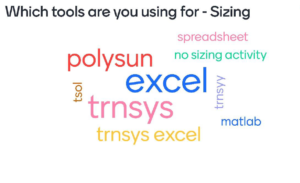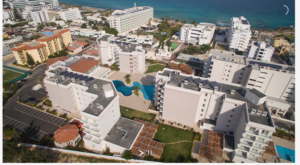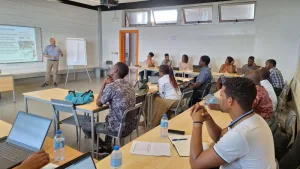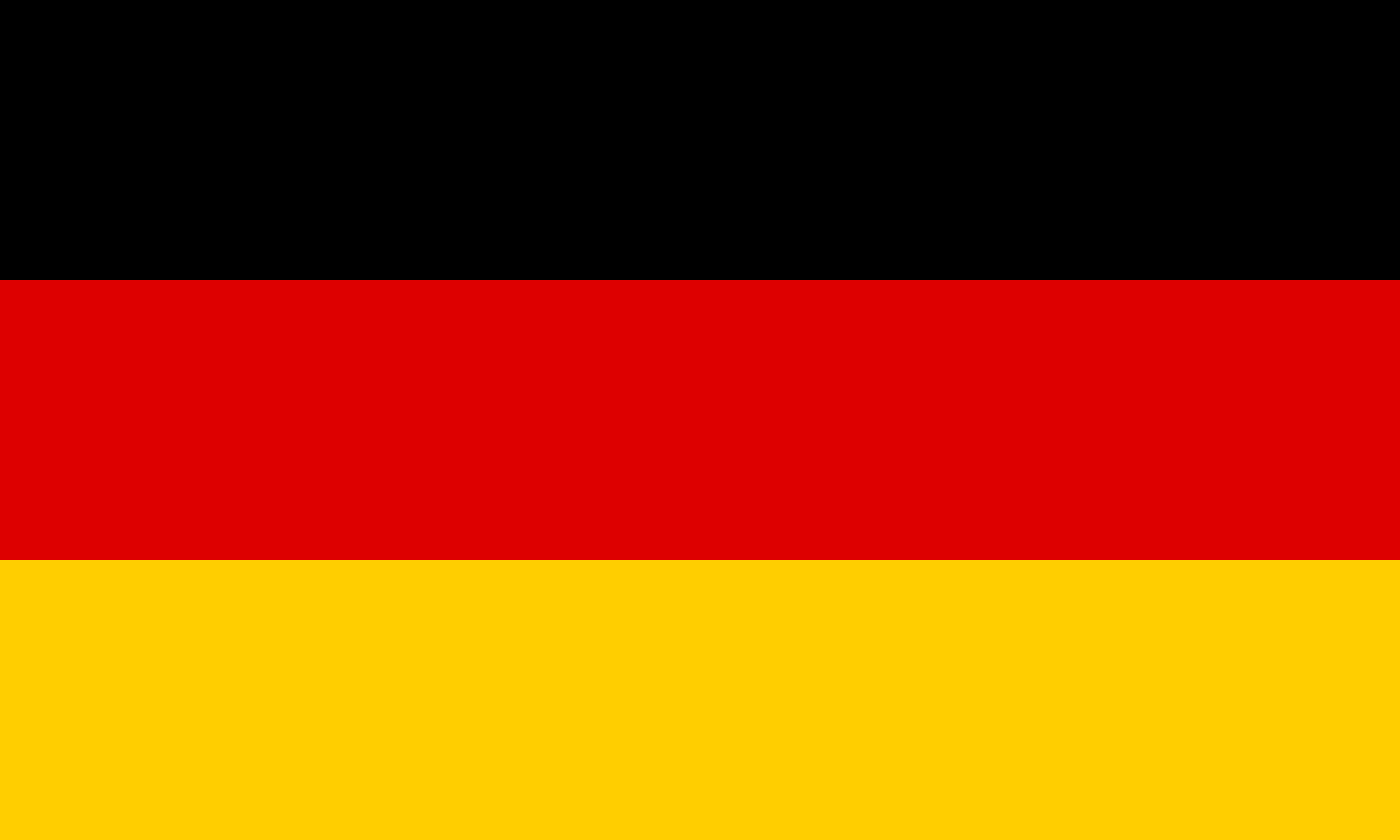
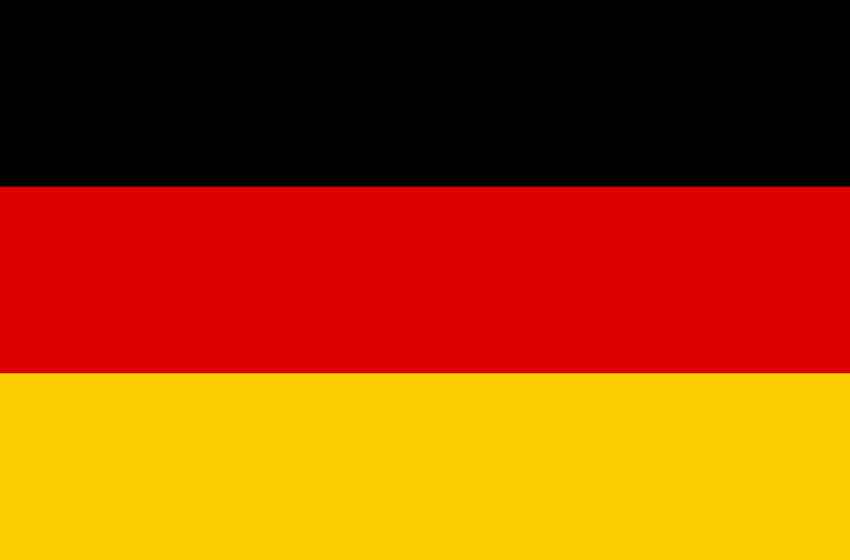
Germany: Additional Support for Small Solar Cooling Systems
Since January 2014, companies have been able to receive grants for their thermal-driven sorption cooling systems with a cooling power between 5 kW and 500 kW from the programme for commercial cooling technology in Germany. Until 2013, the minimum cooling power for the programme had been 50 kW. The Federal Environment Ministry published the amendment on 16 December 2013 (see the attached document). The programme supports solar thermal cooling, but also cooling systems driven by other green heat sources, such as industrial waste heat, cogeneration plants and district heating. The subsidy is 25% of the net investment for the cooling system, including installation and consulting costs.
The maximum grant is EUR 100,000 for standard installations. Plants with innovative technologies, e.g., CO2, NH3 or non-halogenated refrigerants receive a higher grant of 35%. The maximum grant in these cases is EUR 150,000.
The programme requires that the electricity consumption of the system’s auxiliary components, such as pumps, does not exceed 10 % of the cooling power. The changes to the programme, however, do not mean that thermal cooling is generally favoured over electric cooling – there are also subsidies for systems with efficient electric cooling and air conditioning.
Grant applications can be filed at the German Federal Office of Economics and Export Control (BAFA), which is also responsible for the Market Rebate Programme for renewable heating and cooling, MAP. Besides being managed by the same authority, the cooling programme is not related to the MAP, and it only covers the chiller, not the heat source. If the heat source is solar or biomass, it is possible to apply for an additional grant under the MAP. Since summer 2012, the MAP grants for solar thermal plants of between 20 m² and 100 m² of collector area in existing buildings for cooling and air conditioning have been 180 EUR/m².
Project SolaRück: cheaper and more efficient recoolers
At the same time, partners in the SolaRück project are trying to make the recoolers for small solar thermal chillers work more efficiently. Up until now, the producers of small thermal chillers have bought recoolers from specialised manufacturers for refrigeration technology. Recoolers are a crucial component, especially for small-scale thermal chillers, but those that are currently available on the market are very expensive, Uli Jakob, General Manager of the Green Chiller Association for Sorption, points out. “The recooler of small-scale systems may make up about half the price of the entire chiller,” Jakob says. Dry heat rejection systems also need a lot of electricity for fan power, whereas wet coolers consume water, a scarce resource in many areas where cooling is needed.
Also, heat rejection systems take up almost 80 % of the entire planning time, according to Bernd Hebenstreit, Sales Manager of EAW Energieanlagen, a German manufacturer of chiller and combined heat and power plants. “Some projects have not been realised because of the complex recooling issues involved, such as noise emissions, visual appearance, weight, water demand and treatment, as well as electricity demand and costs,” Hebenstreit said during a presentation at a SolaRück workshop held in Freiburg in September 2013.
Some of the first project results shown at the workshop are presented in the following. The companies plan to finish their prototypes by summer 2014 and to start testing thereafter.
- Project partners EAW, Invensor and Sortech, the latter also a German chiller manufacturer, are working on their own recoolers, trying to make them cheaper and more efficient.
- Sortech is working on a recooler made of polymer materials instead of metal, in order to drive down costs and weight.
- Invensor is focusing on a cooling tower which combines dry and wet cooling technology by spraying water into the incoming air of a dry cooling tower. One of the project’s aims is to minimise water usage while maintaining optimum efficiency.
- EAW is working on minimising the electricity consumption of auxiliary components, such as fan and pumps, by applying efficient EC motors.
In addition to the SolaRück project also external solar cooling experts presented results from their projects at the workshop:
- Martin Helm from the Bavarian Center for Applied Energy Research, ZAE Bayern, showed the results from simulations and tests with a heat rejection system which incorporates a latent heat storage tank to dispose heat at low temperatures, even in hot climates. According to Helm, the system was able to achieve a constant cooler temperature of 32 °C, and the seasonal energy efficiency ratio (SEER) could be increased by up to 64 %. To unload the latent heat storage, the ambient temperature at night has to be below 24 °C.
- Michael Joemann from German institute Fraunhofer Umsicht shared his experiences from a demonstration project of a solar-driven chiller for residential air conditioning in Egypt, at Assiut University’s Faculty of Engineering. The project included a 7.5 kW adsorption chiller by German chiller manufacturer Sortech, together with 40 m2 of CPC vacuum tube collectors and a wet cooling tower. Heat rejection works well, but relies on evaporation, resulting in high water consumption. A feed water tank had to be built because of the irregular water supply.
More information:
Incentives by BAFA (in German): http://www.bafa.de/bafa/de/energie/kaelteanlagen/neue_richtlinie_2014/index.html
Presentations held at the SolaRück workshop (in English)
